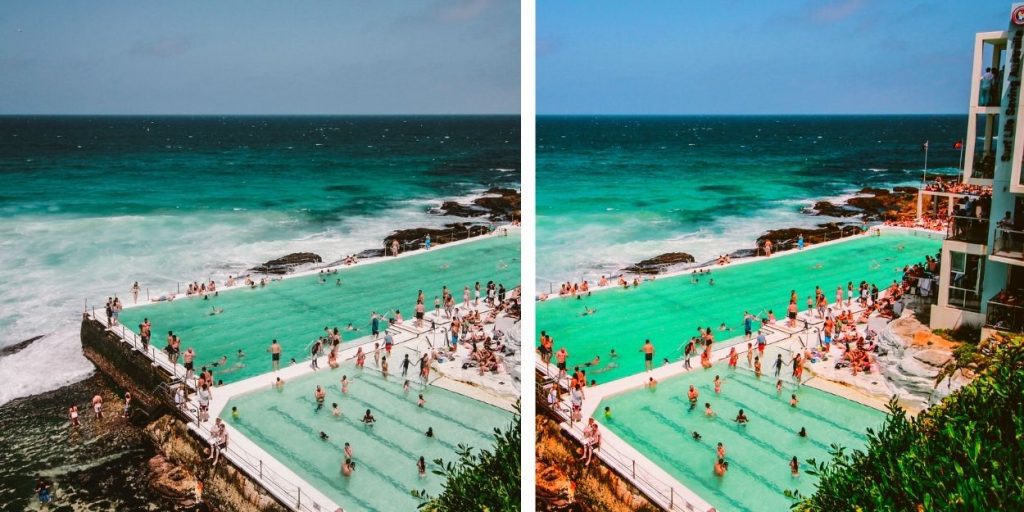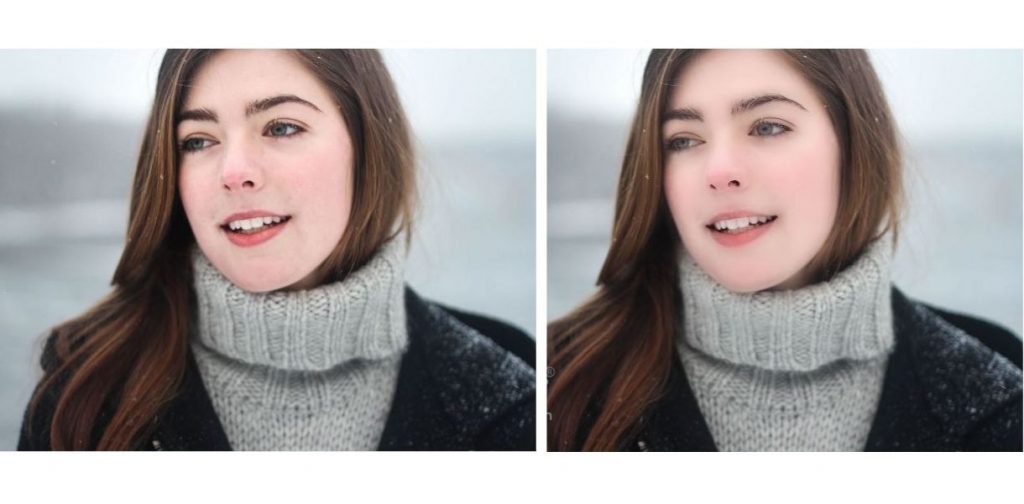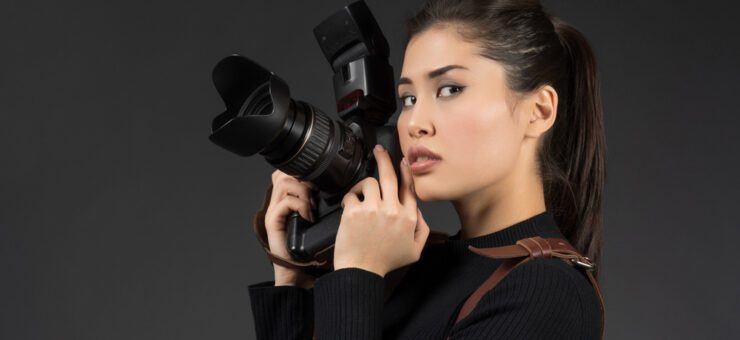Even the best in the business could never create something astonishing without proper photo editing.
Post-processing plays a big part in creating some of the best photographs. However, overusing editing tools can ruin the whole process, which includes color correction.
So, if you are trying to build a career as a professional photographer, it’s essential to learn how to master color correction. Another crucial aspect of getting color correction is not to make the same mistakes that others make.
Here are five color correction mistakes you should avoid during photo editing to get a perfect photo.
1. Incorrect use of contrast
Contrast is the difference between the image’s whites and blacks or the light and dark portions. The contrast makes your photographs more polished and visible to the audience.
But, when you use too much contrast in your image, you risk losing the detail. Highlights can blow out (your whites will lose definition), and shadows can clip (no detail in your blacks).

Excessive contrast, like blown color channels, can cause problems on screen and in print. Too white and too-black areas might draw the viewer’s attention away from the frame’s critical components. Furthermore, the color contrast can make objects appear unnatural and harsh.
While it’s essential to have diverse tones in your images, you also want to avoid overdoing it. Hence, when using contrast in your images, do it correctly.
2. Over-saturation
Saturation is an important technique for adding more light to your images. But, photo editors frequently make the error of giving photographs an over-saturated impression.
Saturation levels influence the utilization of various lighting. As a result, you can apply numerous color effects to your images and use them efficiently in various circumstances. Photos will appear more colorful as a result.
During photo editing, oversaturation is used to make the image more appealing and have a greater impact. However, too much saturation can ruin the quality of your photograph.
Excessive saturation can make a well-taken photo look normal, as the colors are too intense, which looks strange. As a result, viewers will have an unfavorable impression of such an oversaturated image.

Adding a little contrast can be the greatest way to improve your images. Hence, think in moderation when using saturation.
3. Overused or heavy vignette effect
The Vignette effect can bring a picture to life. It is known as the practice of darkening or lightening an image’s corners and edges to emphasize its principal object in the center of the frame.

To manage the vignette effect, you can imitate the organic vignette to achieve a good outcome on your edge. You can also try sliding the bar across both extremes to determine how much vignette to add. This allows you to see the effect of each stage and pick what looks right.
4. Overusing beauty mode
Beauty mode has become a big part of the photo industry, and everyone uses it to enhance a model’s look. But, like anything else in life, exaggeration is not an ideal way to make your model look better.
Sure, it will give the model a better skin tone, whiter teeth, slightly different eye contours, and remove pimples. However, overusing the beauty mode will give your models an unnatural look.

Social networks are the best examples of the overuse of beauty mode. Beauty mode is already a standard filter in mobile devices, and many use it to enhance their looks before posting.
By observing the posts of many self-made models on the internet, you can easily spot the excessive use of this feature. Besides looking unnatural, it will give the wrong idea of beauty standards, a big issue in today’s society.
If you overuse beauty mode, you might fail even though you invested a lot of effort. You might even get bad reviews from experts and potential clients.
5. Incorrect white balance
White balance ensures that white items seem to be white. What does that mean?
In other words, White balancing corrects an image’s color cast so that items that are white in person appear white in photographs.

A photo editor should be able to apply a white balance effect to a photograph. White Balance can help you create a balanced, attractive image.
But what if the White Balance of a photograph is incorrect?
The images will look bluish or have some reddish color casts on them. From a photographic standpoint, these kinds of images are attractive, but they hurt the viewers.
To optimize White Balance, use the best camera settings and capture the image in a light source’s “color temperature” mode. A photo with the right settings will have a warmer white light.
Educate yourself
Before getting into a position where you need assistance, invest your time and money in learning new trade skills. Good photographers will always find a way to learn new skills and implement them into their work.
No one is a born photographer; learning to be good takes time and effort. Don’t hesitate to look for solutions and gradually improve your image post-processing skills. Remember, you’ll only become better with solid knowledge to back you up along the way.
The bottom line
Becoming a successful artist takes a lot of time and work until reaching the levels required to be on top. Post-processing is a big part of a photographer’s life; mastering it is as important as mastering the camera. Always try to go with the trends.
Color correction will determine if not all your hard work was in vain, and you should invest time learning it. So, try avoiding the mistakes mentioned in this article.
About the author
Isabella has been an avid blogger with particular interests in Photography and related technologies. She has consistently contributed articles to top photography blogs and lifestyle publications. She is now associated with SmartPHOTOeditors, a photo editing company.




